Use the photon-pixel coupling method, it is a new approach in science for sampling an unlimited number of sensors in parallel.
Basically, each sensor output is an LED. If you have 10000 sensors, the output of all of them is inserted in a LED array, a LED matrix as the authors say. After that, the LED array is filmed by a video camera and the images are processed in real time by a computer. A software reads one pixel from each LED from the LED array and converts it to numerical values. So, your LED array will be converted in a matrix (with 10000 elements) filled with numbers that can be processed as you wish in your software. I don't know if I was explicit but you can read their article here: https://www.sciencedirect.com/science/article/pii/S2215016119300901
Note that classic multiplexing is serial, this approach is parallel.

The photon-pixel coupling method is truly ingenious because it solves two main problems in engineering: an unlimited number of sensors and their parallel sampling at video rate frequencies. Just imagine, we can read as many sensors as we wish. What I wander is if we can adapt the photon-pixel coupling to Arduino. I am new in the world of microcontrollers but I know Arduino can support a cam, so it should be possible.
If you are a PhD student then:
P.A. Gagniuc, C. Ionescu-Tirgoviste, R.G. Serban, E. Gagniuc. Photon-pixel coupling: A method for parallel acquisition of electrical signals in scientific investigations. MethodsX, 6:968-979, 2019.
